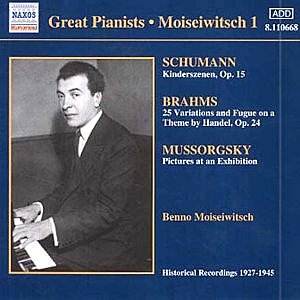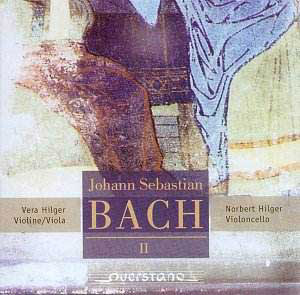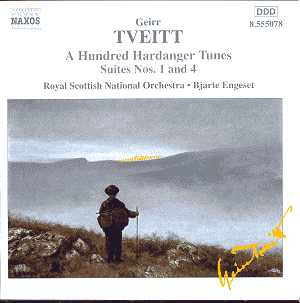 Composer: Girolamo Frescobaldi
Composer: Girolamo Frescobaldi
Works: Toccata 1, Capriccio on La Bassa Fiammenga, Canzona 1, Toccata 8, Capriccio on L’Aria Or Che noi rimena, Canzona 4, Toccata 5, Partite (Variations) on L’Aria della Romanesca, Toccata 11, Variations on L’Aria detto Balletto, Ricercar 3, Toccata 7, Capriccio on La, Sol, Fa, Mi, Re, Ut
Performers: Colin Booth (harpsichord, organ)
Recording: September 1999, Dillington House, Somerset (harpsichord); October 2000, Easton Village Hall, Somerset (organ)
Label: Soundboard
Girolamo Frescobaldi’s contribution to keyboard music during the early Baroque period remains a wellspring of inspiration for performers and scholars alike. His works encapsulate the transition from Renaissance polyphony to the more expressive demands of the emerging Baroque style. This recording by Colin Booth, featuring a selection of Frescobaldi’s toccatas, variations, and fugal works, serves as a testament not only to the composer’s innovative spirit but also to Booth’s own interpretative insights and craftsmanship as both a musician and harpsichord maker.
Booth’s approach is refreshingly intimate, starkly contrasting with the grandiosity often associated with organ performances of this repertoire. His decision to utilize a small organ with two stops, placed in a modest acoustic environment, allows the subtleties of Frescobaldi’s intricate lines to emerge with clarity. For instance, Toccata 11, played on the organ, is executed with a deliberate tempo that reveals the emotional depth and complexity of its melodic weaving. While some might critique this choice as lacking the vigor typically expected from organ music, Booth’s restraint cultivates an atmosphere that invites contemplation and reflection, highlighting the music’s architectural beauty.
The harpsichord performances are equally compelling, particularly in Toccata 7, where Booth demonstrates remarkable agility through the piece’s elaborate passages. His adept handling of the ornamentation and the dynamic shifts intrinsic to the toccata form showcases a command of the harpsichord that is both scholarly and expressive. The interplay of contrasting textures, especially in the rapid runs and sudden shifts in mood, evokes the improvisatory essence that characterizes Frescobaldi’s style. The Partite (Variations) on L’Aria della Romanesca stands out as a highlight, where Booth navigates the nuanced variations with dexterity, alternating between a delicate touch and a more robust articulation that brings out the rhythmic vitality of the piece.
The engineering quality of the recording deserves special mention. The choice of a straightforward acoustic setting not only enhances the natural timbres of both instruments but also affords the listener an immersive experience of the music as it may have been heard in Frescobaldi’s time. This contrasts starkly with other recordings that often employ larger venues with significant reverb, which can obscure the intricacies of the music. Booth’s sound engineering choices allow for a detailed appreciation of the counterpoint in Ricercar 3, where the fugal lines are articulated with an inviting warmth that draws the listener into the unfolding dialogue of voices.
Colin Booth’s recording of Frescobaldi’s keyboard music emerges as a significant contribution to the discography of this vital composer. His thoughtful interpretation, combined with the unique choice of instruments and the clarity of the recording, creates an engaging listening experience that transcends mere performance. The attention to historical context and the preservation of Frescobaldi’s virtuosic language resonate throughout the disc, making it an essential acquisition for both aficionados of early music and newcomers alike. The richness of Booth’s performances invites repeated listening, revealing new layers of complexity each time.



